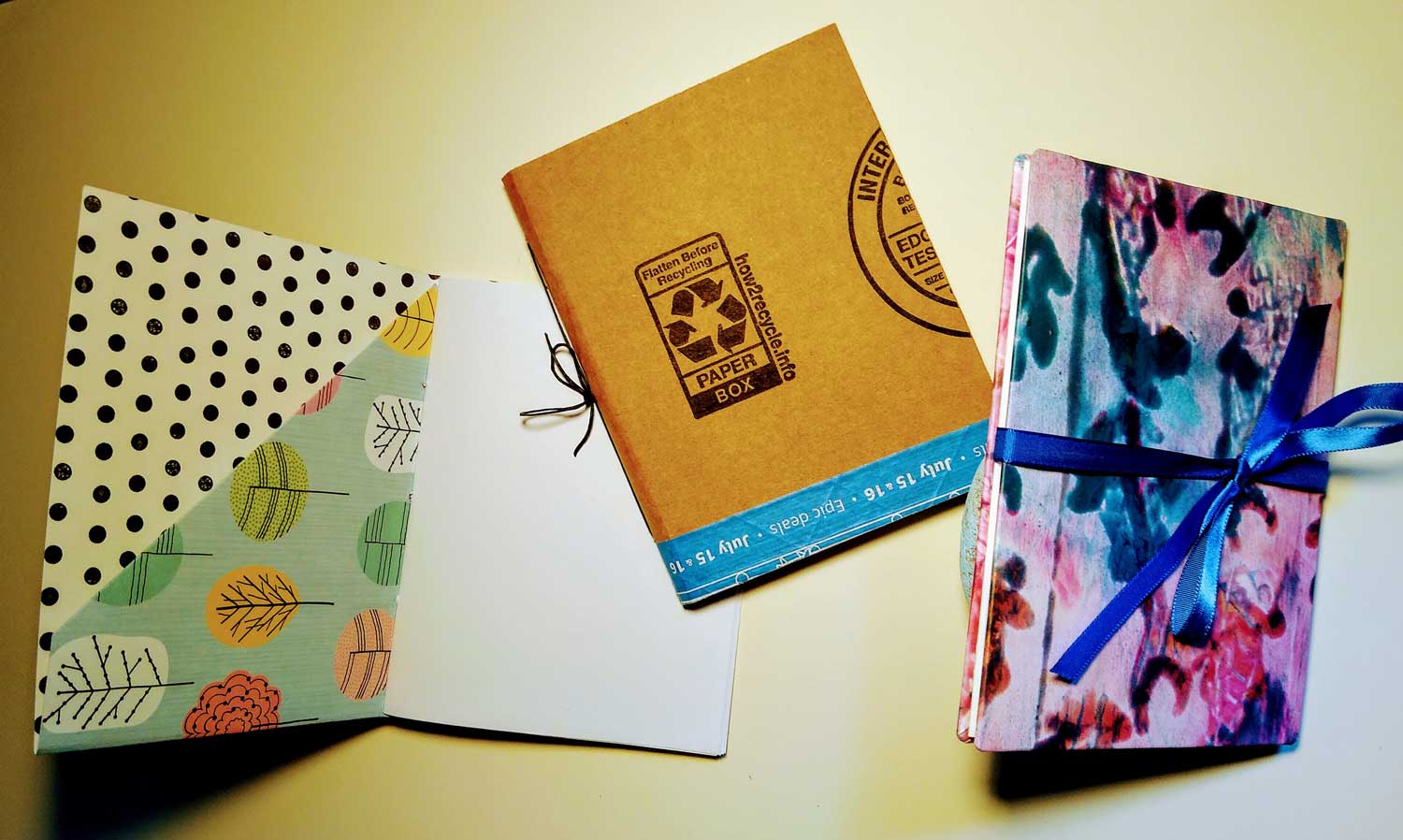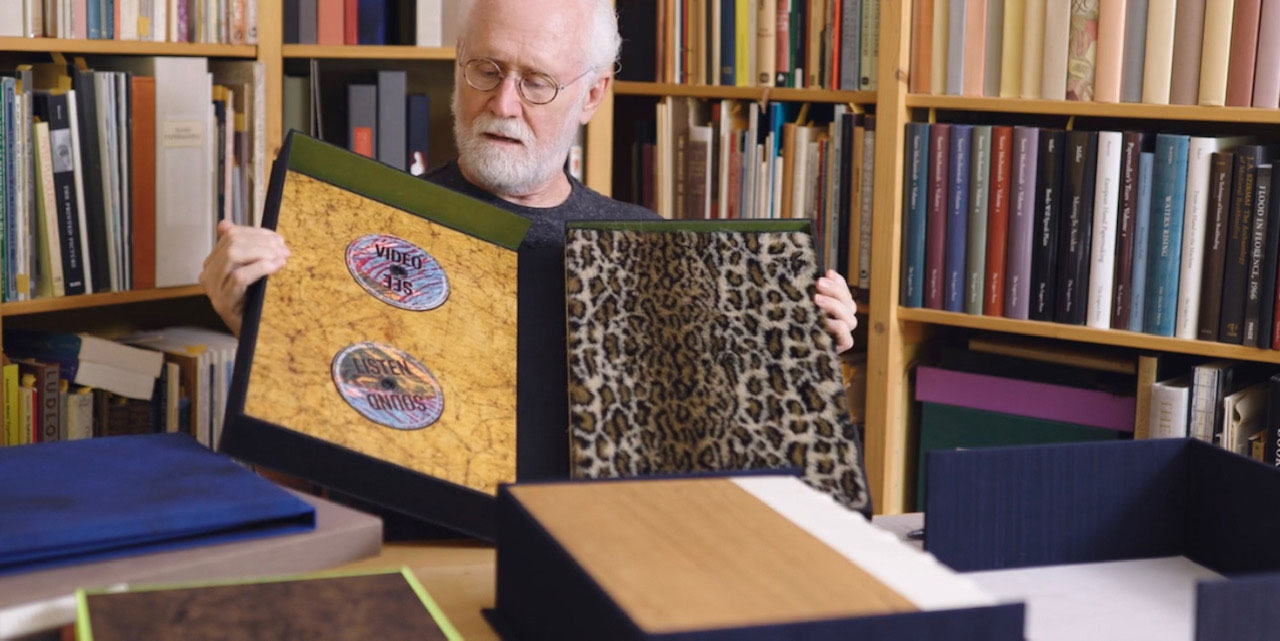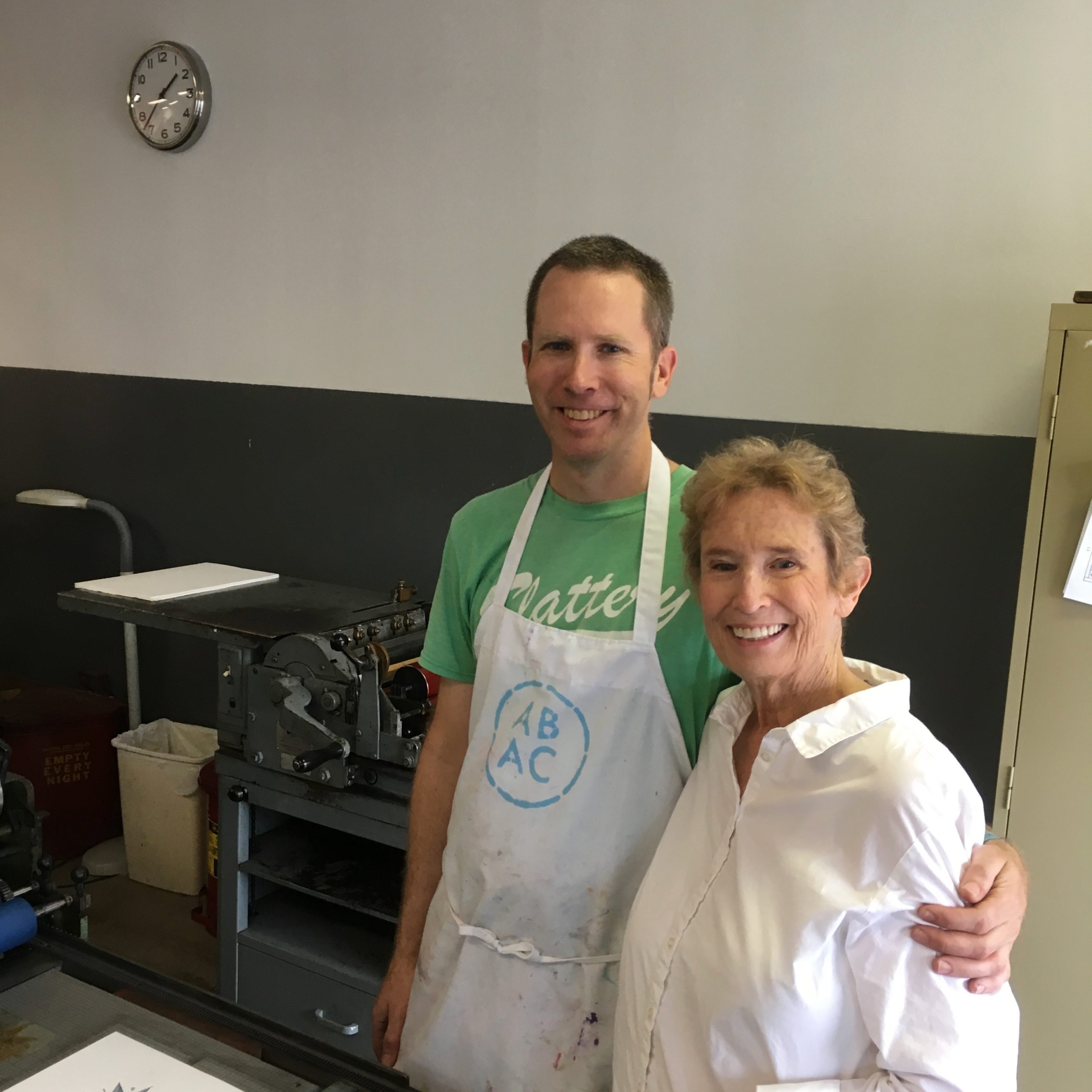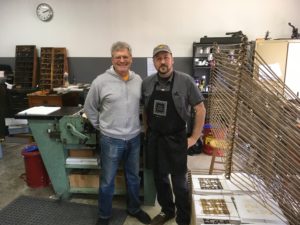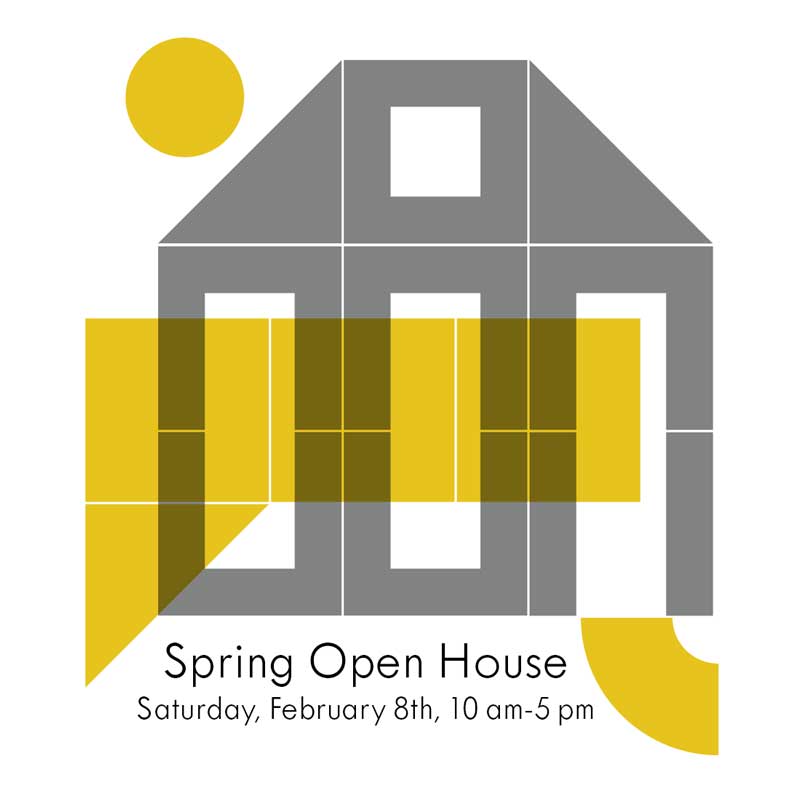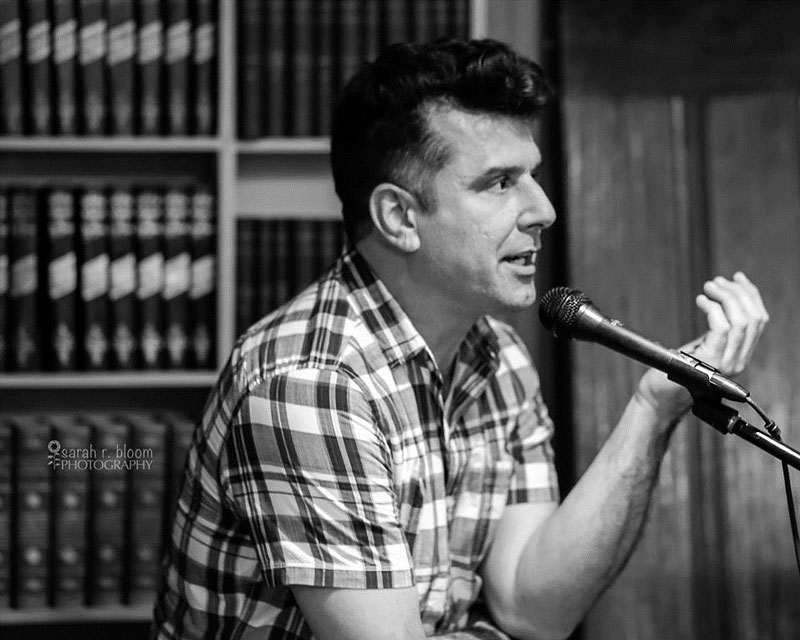///////////////////////////////////////////////////
ABAC is participating in Amplify Austin, a city-wide 24 hrs of giving beginning at 6pm on Thursday, March 4th and extending until Friday, March 5th at 6pm.
Click here to support the Austin Book Arts Center.
///////////////////////////////////////////////////
We’ve all discovered the essential role of remote resources during a pandemic, especially for children, parents, and teachers. Last year, the Austin Book Arts Center began offering online workshops, making kits, and creating free bookmaking videos for children and educators.
During Amplify Austin 2021, ABAC hopes to raise $5700 to bring the book arts, both literally and virtually, into AISD classrooms, in order to support families and educators.
How can you help?
With your Amplify Austin donation:
1. ABAC will re-film our currently available bookmaking videos in a dual-language format, making the lessons accessible to an even wider audience! These new Spanish/English instructional videos will be available for free on the ABAC website.
2. As a companion to the videos, ABAC will provide a Bookmaking Kit to each of AISD’s 120 elementary and middle school art teachers. These kits are composed of common materials, making them easy to replicate in classrooms. Your Amplify Austin donation will make these kits available at no cost to teachers!
The first $1200 raised will get kits into the hands of 120 local teachers. The additional $4500 will cover the costs of producing the nine accompanying videos in the dual-language format. ABAC has partnered with AISD staff to ensure that the kits and videos will be accessible to all AISD teachers.

